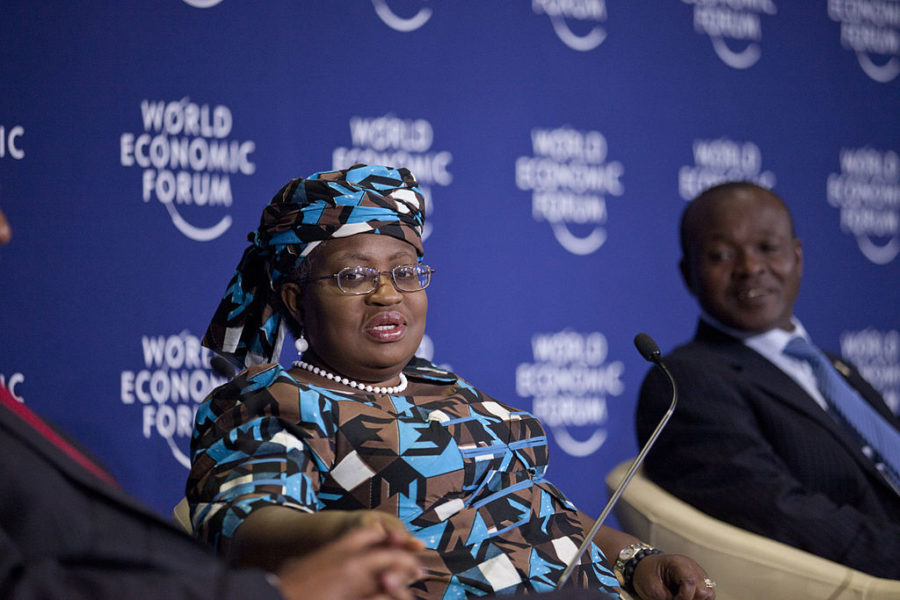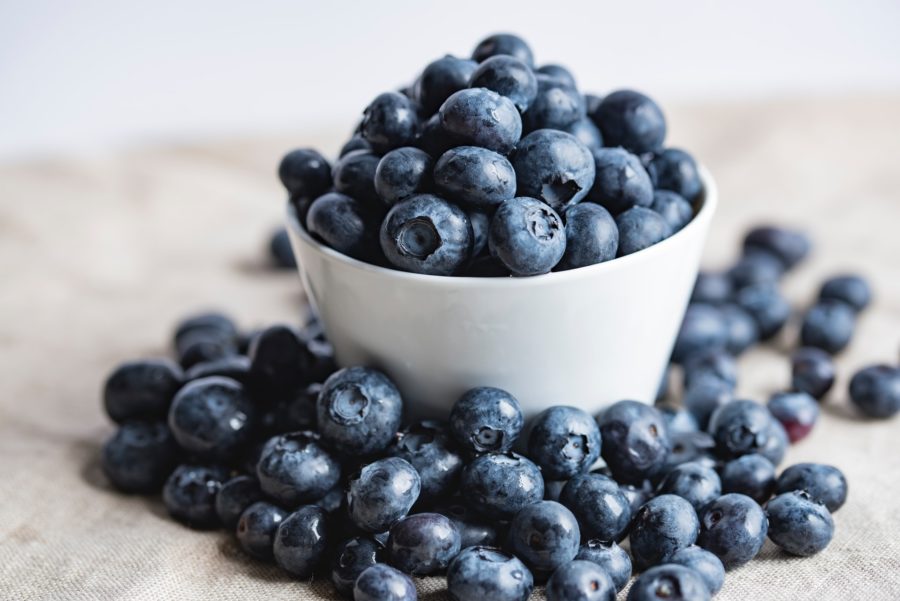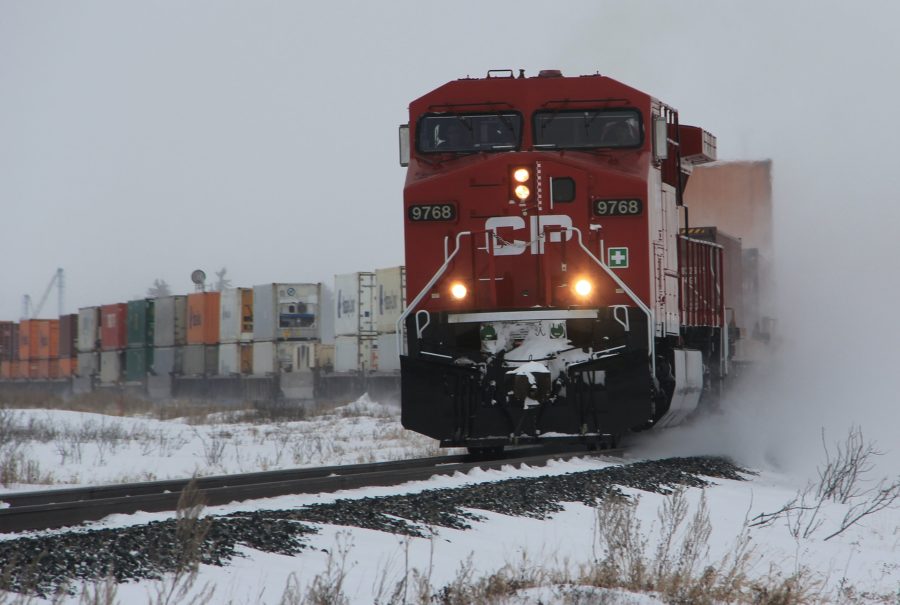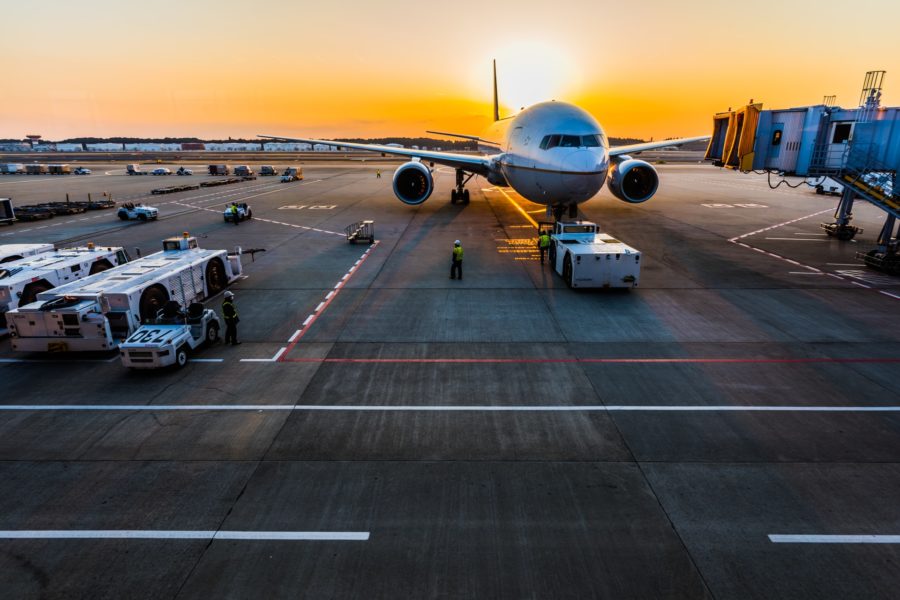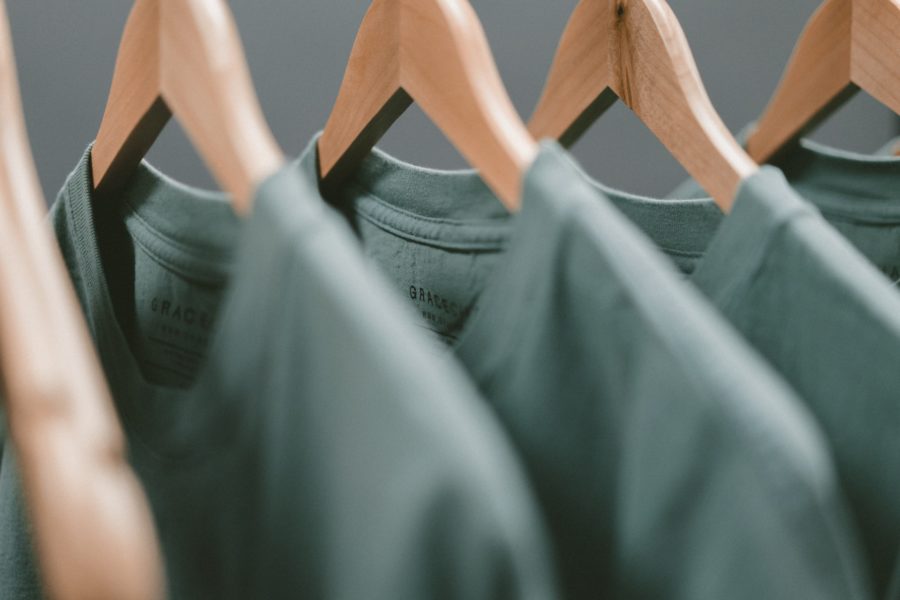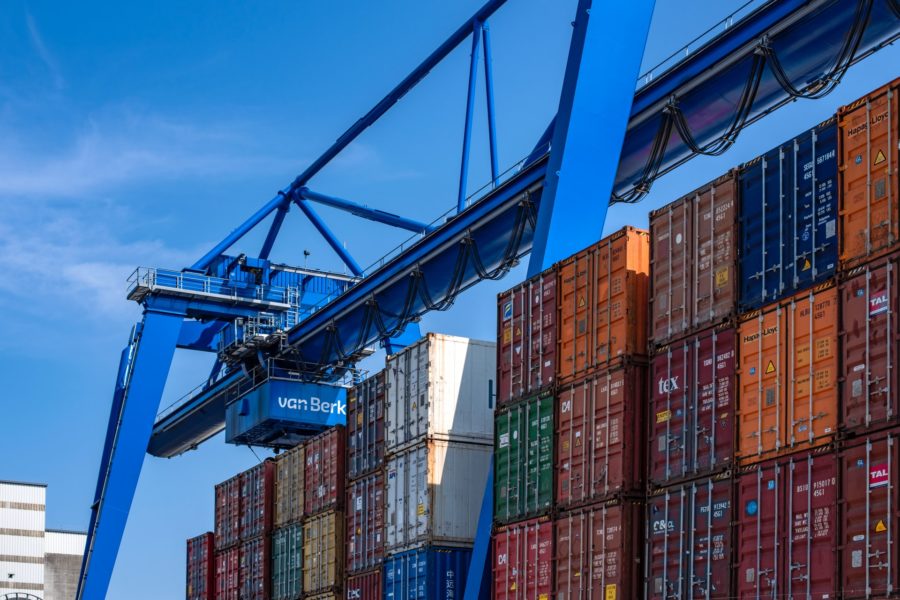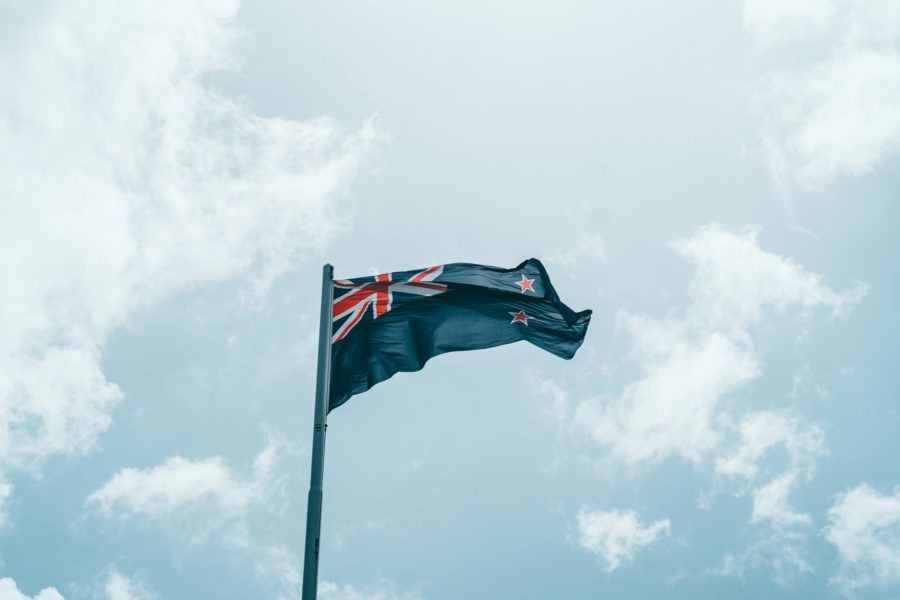February 17, 2021
Shortage of Shipping Containers a Critical Concern
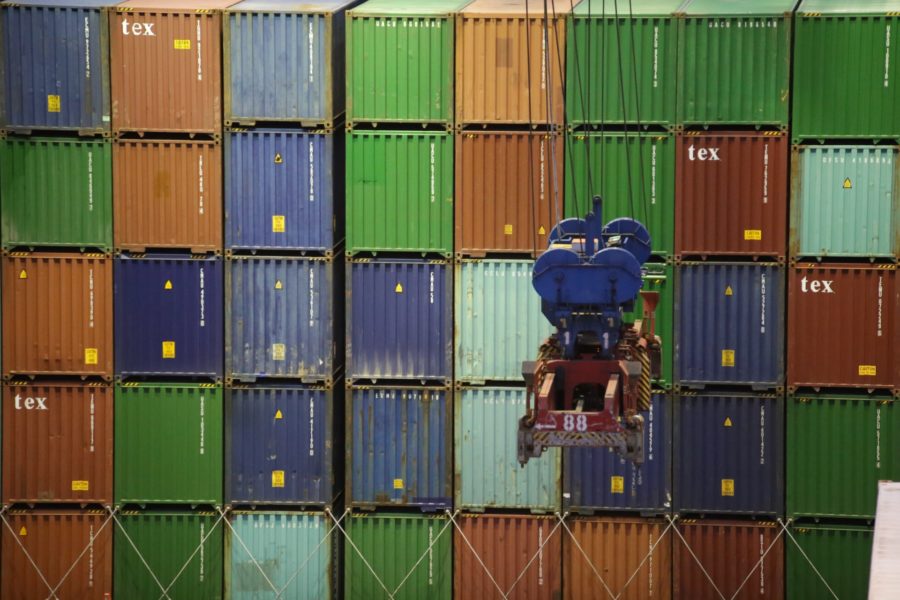
Recently, shipping containers have become hard to come by. Business who need them to transport goods across the globe are paying an all-time high for them. Normally, this is a good problem, a sign of a searing economy that needs to create a bit more capacity to grow. Shortages in the context of a COVID-constrained economy are harder to grasp.
What is going on, and how are Canadian exporters affected?
Economic conditions were tight just as COVID-19 hit. Unemployment rates were at cyclical lows, income growth was strong, and it looked as though we were finally experiencing the kind of robust conditions that had eluded us since the global financial and economic crisis of 2008. And with all the economic heat, there was no container crisis. Oh, lease rates did rise, but nothing like what we’re seeing now.
The pandemic saw lease rates plunge close to cyclical lows, but the move was momentary: rates were on the rise almost immediately, and they haven’t stopped. The HARPEX index of contained shipping costs is now more than double the pre-pandemic average rate, and every size-class of container ship is affected. In a world still worried about the true state of final demand, upstream price increases like this are a worry of a different kind, as they’re eating into already-thin margins.
The timing of recovery sheds light on the problem. China was the first to be hit with the pandemic and is arguably the most successful in conquering it. China’s merchandise exports were pummelled in February 2020 and recovered fully in the following two months. Everybody else saw their exports suffer in March and April, and it wasn’t until June that levels were nearly back to the pre-pandemic marker. China’s jumpstart pushed full containers to ports everywhere, but the lack of return business stranded empties all over the place.
